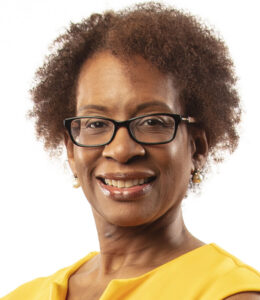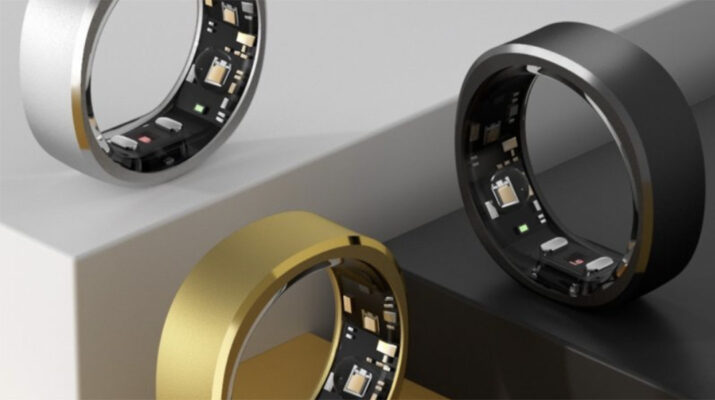By Barbara Pierce
Who knew that the humble fitness tracker would evolve into your own personal health coach, nutritionist and fitness adviser that you keep with you at all times?
Fifteen years ago, the first fitness tracking device was released, a pioneer in the category. You clipped it on and it tracked your steps, distance, sleep and calories burned.
Since then, wearables have exploded, giving us access to detailed health information that we can view at the tap of a smartphone.
Today’s wearables can provide us with sophisticated health data and insights. They can monitor many aspects of our health, detect health issues early and provide personalized health recommendations.
Wearable technology for healthcare includes devices that you attach to your body to collect health and fitness data. These devices collect data such as heart rate, blood pressure, blood glucose.
People like them as they’re convenient and easy to use, automatically track your information, some pass on the information to your health care professional. Demand for these devices is booming. According to Kamau Bobb Google, responsible innovation is imperative.
I’m fortunate to have a continuous glucose monitor on my arm. I have diabetes; it automatically estimates my blood glucose level or blood sugar. To know what my level is at any time, day or night, I just hold my smartphone to the device. It not only tells me what my current level is, it tells me the trend, whether it’s going up or down and tells me the percentage of time I’ve been in my target zone, over the past 24 hours, several days, whatever time period I choose. It also sends alarms if my blood sugar gets too low or too high. (To be honest, I found the noise of these alarms incredibly annoying, so I shut them off.)
My doctor is able to read the results to better prescribe medication tailored to my needs. I change to a new device every 14 days; it’s easy to put into my arm. No cost to me; Medicare pays.
I love this device for several reasons: For years, I had to prick my finger to get a blood sugar reading. I did it mostly when I knew my reading would be good, ignored it most of the time.
I wasn’t motivated to try too hard. Now the handy little device on my arm motivates me to try to succeed in making my blood sugar within the target zone. I can make better decisions about what I eat and drink. My doctor can make better decisions about medications.
Some other examples include several versions of a fitness tracker, a wrist-worn device that can detect some combination of walking steps, running distance, heart rate, sleep patterns and swimming laps; a blood pressure monitor to wear on your arm; self-chargeable insoles that monitor fitness; a robotic toothbrush for people with limited dexterity, and a device that monitors your vital signs.
Wearable devices can help with the diagnosis and monitoring of mental health disorders like depression. They improve patient management efficiency in hospitals.
A biosensor in a self-adhesive patch will collect data on your heart rate, movement, temperature and respiratory rate. A wrist device utilizes sensory substitution to carry speech as vibration patterns for deaf people.
You’ve probably seen the TV commercials for Noom, an app that’s become very popular. It’s a comprehensive wellness plan with food, exercise and mental health aspects to change your behaviors so you not only take off the weight, but maintain the loss.
Those are just a small fraction of the vast number of devices available. Prices vary considerably; most insurances cover those deemed to be medically necessary. All have their pros and cons.
Today’s technological innovations are changing healthcare.
Why are these devices so powerful? First, they manage and prevent chronic diseases. They focus on healthy habits, encourage their wearer to set and achieve goals. They’re affordable, especially outside the U.S. Also, these devices fit seamlessly into your life. Your health care professional can use the data to tailor treatment to your needs.
Wearable devices can predict medical conditions before you even have symptoms, which allows you to seek more effective treatment options with a better prognosis.
No question these devices offer many benefits. But they are not without serious concerns.

Physician Lisa Y. Harris, chief medical officer with Excellus BlueCross BlueShield, offered an important caution: “While we have more access to information and technology than ever before, we need to ensure that the information is being used and integrated into care plans that will lead to better overall health outcomes.”
“For example, if a patient has a wearable device that measures blood pressure and it reads high, but the information is not sent to a provider or there is no follow-up and plan for correction, what is the point of the device?” she said.

